Packaging Features That Are Important to Consumers
By: phase1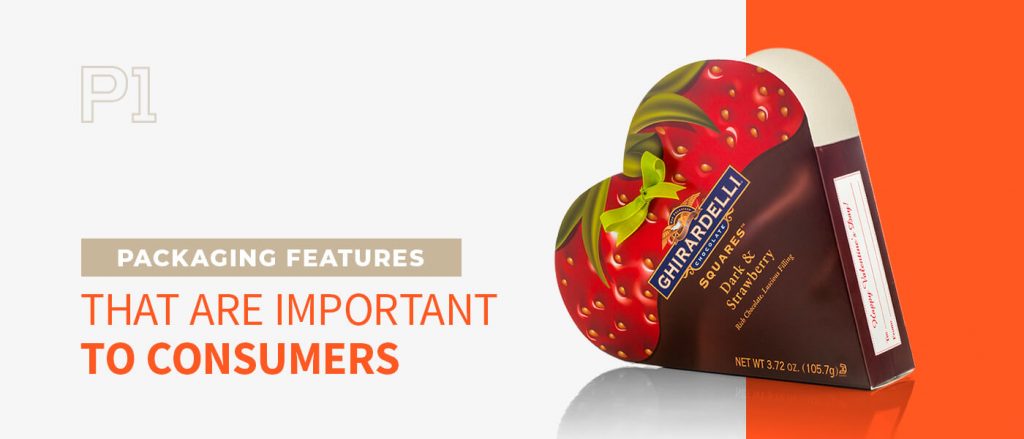
There are many ways a business can drive sales and build brand loyalty. One of the most effective marketing strategies is to deliver packaging features customers find valuable.
According to Food Marketing Institute, the average U.S. supermarket contains over 28,000 items. With so many products vying for consumers’ attention, brands need a way to stand out from the crowd. By incorporating some pivotal package design features, your brand can remain competitive and increase customer satisfaction through beautiful, functional and high-quality packaging.
7 Features of Packaging in Marketing that Consumers Value
What are the purposes of packaging? Packaging serves a practical role, but it can extend further. A product package is a fundamental part of the marketing mix, since it’s an opportunity to engage with the customer directly.
Product packaging can leave a lasting impression on your customer, so having the right features can improve brand loyalty. If you’ve ever wondered what consumers like in packaging, these seven features of packaging will give you insight into your customers’ preferences.
1. Product Protection
Why is packaging important for a product? The primary reason is that it protects the product from spoiling, contamination, breaking or loss of any kind, ensuring the customer receives the best version of the product.
A product’s packaging is typically in layers, giving it the best protection possible. Depending on the product, your packaging features may need one or more forms of protection to keep it secured and intact. For food packaging, the product requires a freshness seal to preserve its shelf life. Vacuum-sealed bags with resealable mechanisms are an ideal way to improve the product protection and the package’s user-friendliness for your customer.
Beverage products should also have protective features like a freshness seal, indicating if someone has opened the bottle or container. Tamper-proof packaging gives your customers peace of mind that they’ll be able to detect any interference with the product. Likewise, childproof packaging has also been a revolutionary safety measure that parents appreciate.
Another solution for protecting products, particularly food and supplements, is using desiccant packs. Filled with silica gel or bentonite clay, desiccant packs help control humidity by absorbing moisture. Desiccant packs inside the product’s packaging prevent the food or supplement from drying out or developing an unpleasant odor.
2. Information Architecture
One of the chief packaging benefits for consumers is the information architecture displayed on the package. Information architecture refers to the hierarchy of facts presented to the consumer via the packaging. Product packaging designers need to put themselves in the customer’s shoes and consider what details a user would need to know.
The average consumer makes an estimated 35,000 decisions each day. A 2011 study published in the journal Judgment and Decision-Making found that participants could compare values and make choices in a third of a second. Given the massive amount of information facing the average consumer each day and humans’ impressive ability to make speedy decisions, packaging designers must capture their target customer’s attention in a fraction of a second.
Here are some ideas of what to feature at the top of your package’s information architecture:
- Your company’s brand name or logo if your product is a recognizable or household name.
- A unique selling feature that catches your demographic’s attention, like “organic,” “vegan” or “fair trade.”
- An enticing, memorable photo of your product, showing the consumer what to expect.
Product packaging should provide a positive customer experience. Busy shoppers appreciate when brands prominently feature valuable information because it saves them time and mental effort.
3. Instructions and Directions
Considerate packaging design informs consumers how to correctly use the product for best results. As the manufacturer, you want to ensure your customers have a smooth, pleasant experience with your product. Printed instructions or directions on the product packaging are a must-have feature for consumers.
Here are some guidelines you may want to include in the package’s instructions, depending on the type of product:
- Recommended quantity to use or consume for best results
- Which age ranges the products are suitable for
- Safe frequency of use and any contraindications of improper use
- How to store the product and at what temperature
- Customer service contact information, including a toll-free number, website and an address
Depending on the industry you’re in, specific legislation may require you to include specific details on packaging labels. Familiarize yourself with your industry’s packaging and labeling regulations to ensure you satisfy all these mandates.
4. Health and Nutrition Facts
Thoughtful packaging, especially in the food and beverage industry, provides consumers with valuable information about the product’s health and nutritional facts. Going beyond the ingredients list, packaging can help customers make better choices for their health by providing them with convenient calorie and nutritional facts.
In addition to basic nutritional information, many consumers today are conscious about what they consume. They want to be aware of any potential allergens, toxins or other harmful additives in their household products. By labeling your products as free of specific ingredients or substances, you make it easier for health-conscious consumers to choose your brand over another.
Another way to help your customers get the health and nutritional facts they want is to label your packaging with a QR code that takes them to a website with further details. This landing page can include information about the specific ingredients you use and why. Or, it can provide value-added education to your customer. By using your packaging to interact with consumers, you can build a relationship and convert lifelong customers.
5. Accessibility and Inclusivity
Many manufacturers often overlook societal groups who are different from the masses — those who may struggle with typical packaging. Recently, accessible packaging has become a crucial way to reach a wider consumer base and make them feel included.
Here are some ways to improve product packaging to make it more accessible and inclusive to people regardless of age, culture or ability.
- Language and comprehension: Depending on where you distribute your products, it may be beneficial to your consumer base to include the packaging information in another language besides English. The United States is one of the world’s largest Spanish-speaking countries while Canada requires companies to print consumer packaging labels in English and French.
- Other measurement systems: If your package labels include information about quantities, volumes and weights, it may be beneficial to print them in imperial and metric measurements. While the imperial system is dominant in America, the vast majority of the world uses the metric system.
- Dexterity and mobility issues: Easy-open packages help people with dexterity issues and other physical impairments. Accessible product packaging design includes solutions like loops, hinges or slides to make it easier to open.
- Visual impairment: There are two considerations for improving labeling for visual impairment — blind people and those with limited vision who struggle to read fine print. Tactile symbols on packaging are becoming increasingly common, as they help visually impaired people who can’t read Braille distinguish between products and even read expiration dates.
By incorporating these accessibility and inclusivity features into your product’s packaging, your brand can remain competitive by offering these demographics a solution they might not typically find elsewhere.
6. Eco-Friendly Materials
Consumers today are making more environmentally conscious decisions, using their buying power to help protect the planet. Here are some things to consider when designing eco-friendly packaging for this consumer base:
- Choose recycled materials, whether it’s biodegradable plastics, papers, glass or metals.
- Avoid packaging made using resource-intensive practices, such as high water or energy consumption methods.
- Opt for nontoxic materials that are safe for children, pets and people with allergies.
- Select a reusable or repurposable package type, such as a glass bottle, a durable bag or a lightweight aluminum container.
Product packaging engages all five senses, so it’s crucial to remember this when choosing materials. Many polymer-based product packages tend to have an unpleasant, toxic odor that can be overwhelming to some customers with allergic sensitivities.
Eco-friendly packages are typically odorless or do not emit a strong chemical smell. Many consumers appreciate the more pleasant experience of opening eco-friendly packages because of the scent-free materials.
7. Aesthetics and Branding
Aesthetics are one of the paramount features of good packaging, as they’re the ones consumers tend to judge immediately. While branding is uniquely personal, here are some essential guidelines to follow as package design best practices.
- Colors: Choose color combinations that are pleasing, complementary and attract the eye.
- Fonts: Pick easy-to-read fonts, including a combination of typefaces that work well together.
- Logo: Display your logo prominently to help your packaging stand out on the shelf.
- Social media: Add social media handles to packaging to encourage a loyal following.
- Brand tagline or slogan: Publish your brand’s tagline or slogan to uniquely position your product among competitors.
- Package shape: Use unique package shapes to convey your brand while still ensuring it’s functional for the consumer.
There are plenty of ways to stay creative within these guidelines. To find unique solutions that are suitable for your brand, contact a mock-up expert at Phase 1 Prototypes to discuss your vision for the perfect product packaging.
5 Tips for Improving Your Product’s Packaging Features
Depending on your product, not all the above packaging features will be valuable to your specific customer base. So how do you know which highlights are relevant and will improve your packaging?
These five tips will help you make improvements to your packaging that your customers care about.
1. Gather Customer Feedback
To improve your product’s packaging, you need to know which features most concern your customers. Consumer surveys, feedback questionnaires and other contact strategies are an excellent way to engage your demographic and discover what matters to them.
Your customers’ feedback is extremely valuable. Letting them have a say is an ideal way to make informed improvements and increase sales.
2. Improve One Package Feature at a Time
Before going all-in and completely revamping your packaging, be methodical about the improvements you make. By making one minor tweak at a time, you can use sales data to determine which change impacted sales — either positively or negatively.
Once you have a good idea of the cause-and-effect relationship between packaging features and sales, you can gradually make additional improvements to increase your packaging’s effectiveness.
3. Roll out Seasonal Designs
If you’re interested in redesigning your product’s packaging, use seasonal cycles as a way to test which adjustments are most effective. For years, iconic brands like Coca-Cola, Starbucks and Hershey’s have taken advantage of the calendar to roll out different seasonal packaging designs.
Consumers respond favorably to holiday-themed packaging. Whether it’s Valentine’s Day, Halloween, Christmas or any other occasion, your brand can introduce a new packaging feature that incorporates strategic seasonal marketing. Depending on the response to your seasonal launch, you can determine whether to maintain that feature permanently or employ it again in the future.
4. Invest in a Professional Designer
Whenever a brand re-packages its products, there’s always a level of risk involved. Consumers become familiar with the way specific packages look, and veering too far off this beaten path can confuse customers and lead to a drop in sales. But this possibility shouldn’t prevent companies from redesigning their packaging for the better.
By working with a professional designer with a proven track record of creating packaging solutions, you’ll be more likely to succeed with your packaging redesign.
5. Test a Prototype
It’s essential to undergo a carefully controlled packaging redesign. Packaging is a significant investment, so it’s critical to ensure it’s the right move before making a total commitment.
Packaging prototypes are a convenient way to test your creative ideas before introducing them to your larger product line. Prototypes allow you to experiment with different packaging types, designs and features to ensure you select the ones that will generate the most favorable response.
A professional packaging prototype service, like Phase 1 Prototypes, can be your trusted partner in finding the right packaging features for your consumers.
Choose Phase 1 Prototypes for Your Next Product Package Prototype
A product’s packaging is more than a way to deliver and protect its contents. It’s also a strategic approach to promote your brand, reach untapped consumer markets, engage with your customers, communicate your company values and drive repeat business. That’s why it’s vital to develop effective, well-designed packaging that contains all the highlights consumers want and need.
Developing a packaging prototype can help save you time and money, ensuring you get your packaging right before rollout. Phase 1 Prototypes is a custom packaging prototype and mock-up service, providing you with fast, high-quality prototypes in all varieties. With our mock-up services, we help ensure your product’s packaging includes all the innovations customers want.
Contact us today to learn more about building a packaging prototype that covers these essential features.

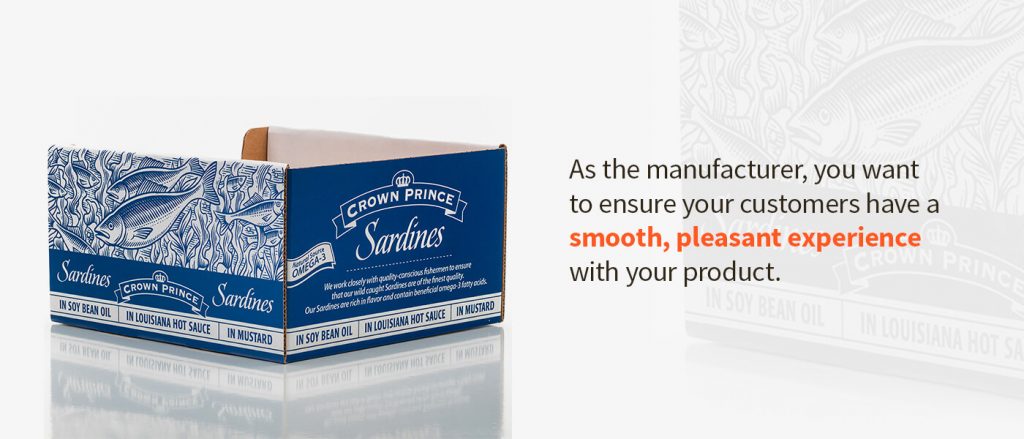
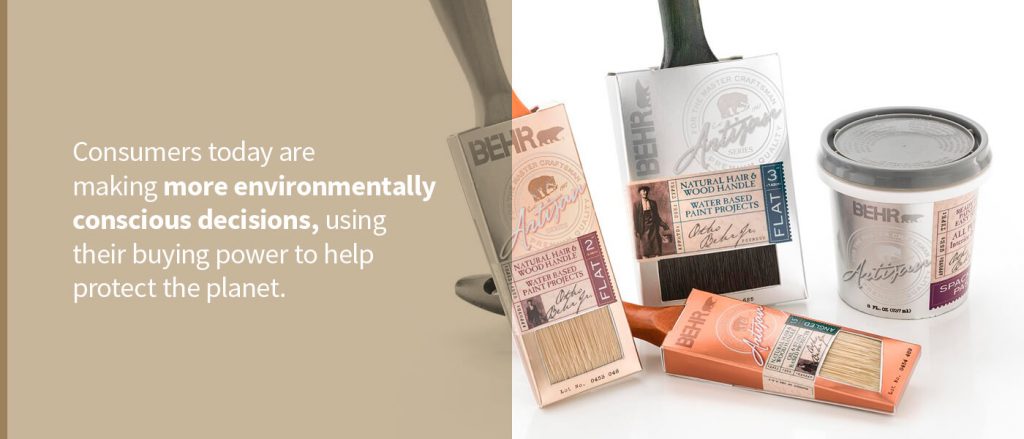
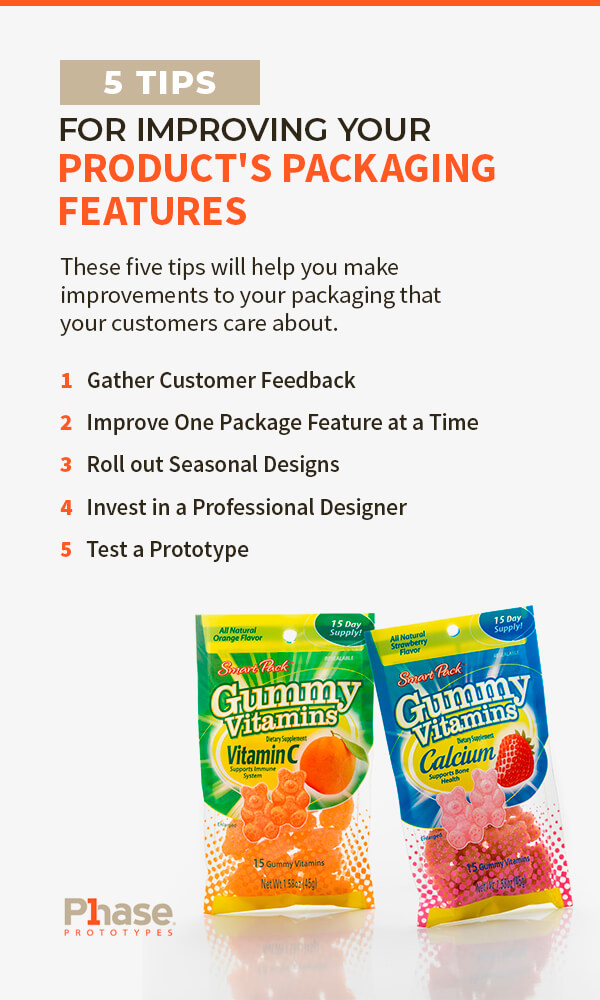
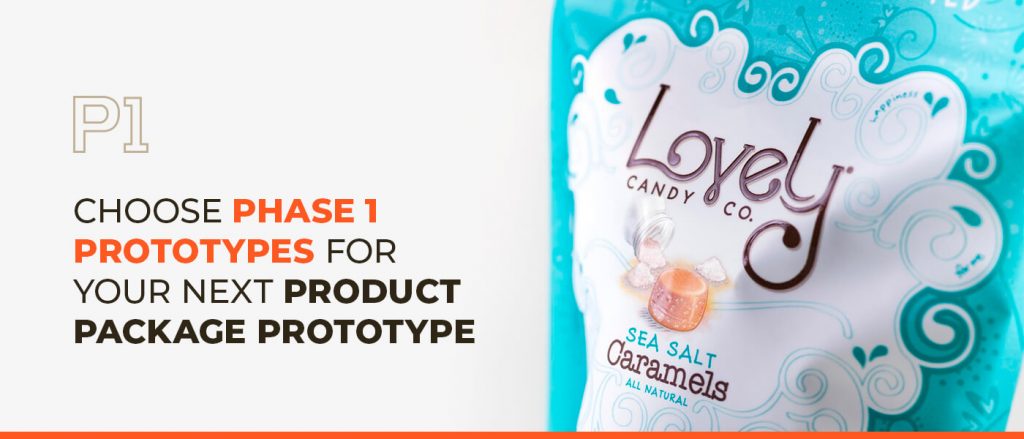
Leave a Reply